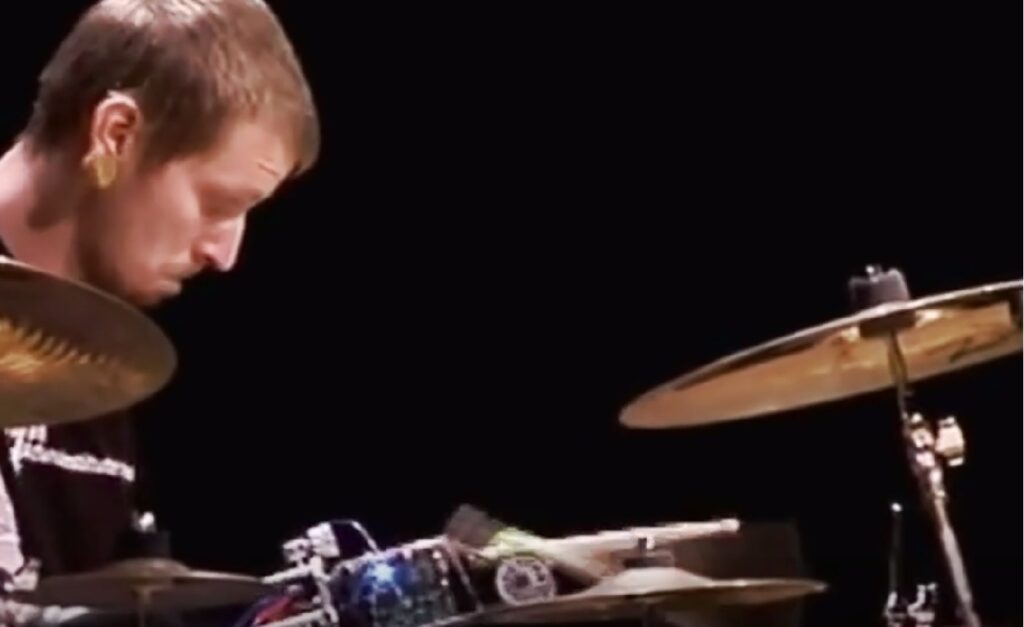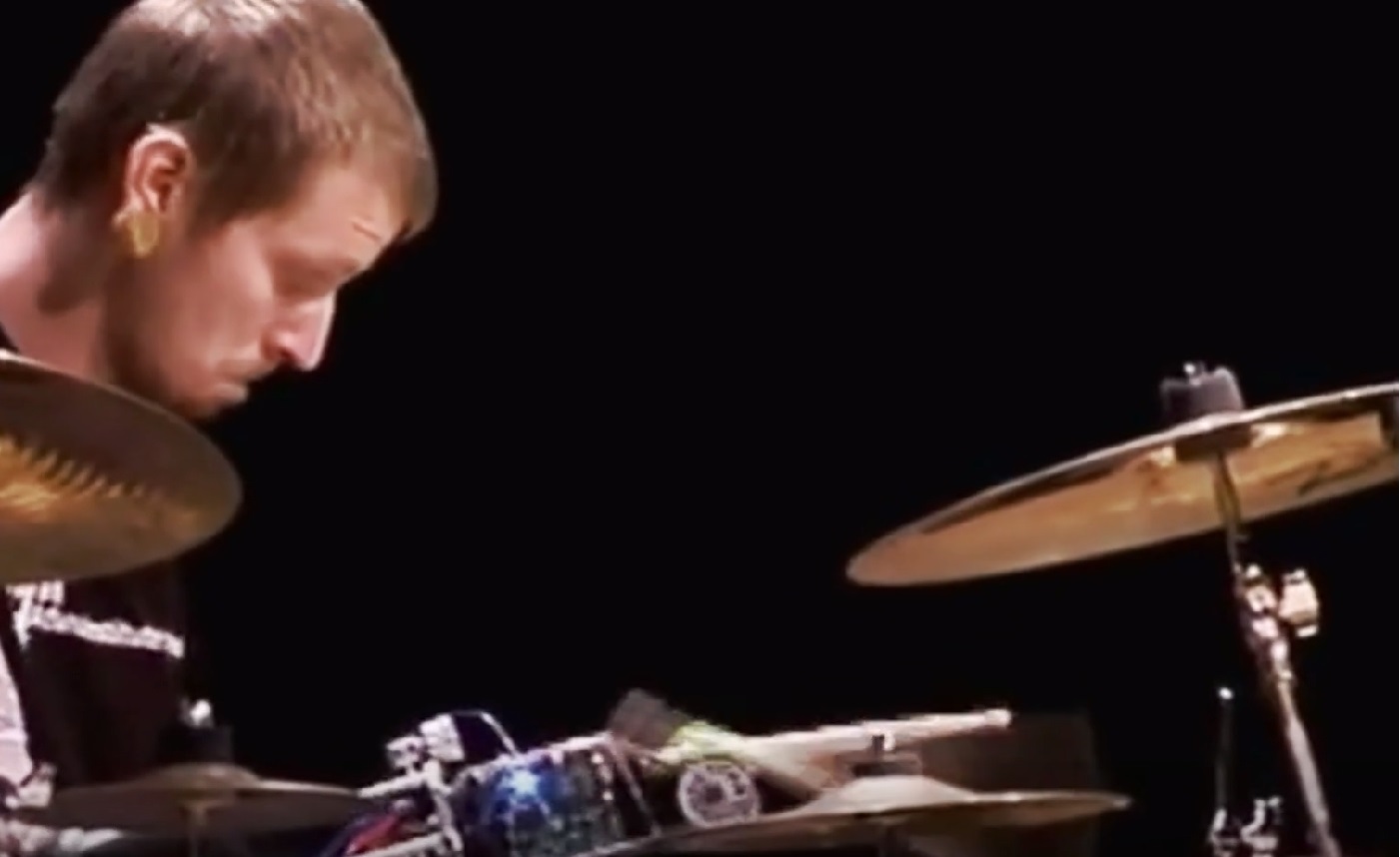With the help of an undying love for music and a special prosthetic limb, a young drummer was able return to his favorite instrument after losing an arm in an electrical accident.

Not only did Jason Barnes lose his arm, but the ability (he thought) to play the drums after he was badly burned when a transformer exploded while he was working on it. Now though, not only he is back playing the drums, he’s setting world records for most drum hits in a minute, and pushing out the limits of what robotic prosthetics are capable of.
Known as the “Bionic Drummer,” Barnes’ story of recovery began when he strapped a drumstick to his cast and began laying down simple beats after cleaning the dust his kit had accumulated sitting in his garage.
After having some success, he built a custom prosthetic to play the drums, one which fit comfortably around his amputation and carried a special mount with springs that help the drumstick. The springs were tightened to a degree that allowed the drumstick to rock up and down in a similar way to a natural drummer’s grip technique.
Rick Allen, the one-armed drummer of Def Leppard, clawed his way back from his infamous car collision with the help of an electronically assisted drum kit. It would be a similar kind of invention that would aid Barnes in the recovery of his skills.
Becoming super-able
Eventually someone told Gil Weinberg, a veritable genius, chamber music composer, and professor in Georgia Tech’s School of Music where he founded the Center for Music Technology. Here he develops artificial creativity for robotics, robot musicians, and human augmentation.
Weinberg gave Barnes a bionic drumming arm that allowed him to play 2,400 drum hits in a minute, a world record, all before they began a program to develop a robotic prosthetic he could control with his mind.
“I’m very excited about the idea of human augmentation; about bringing technology into the body, and allow people to explore things they couldn’t before,” said Gil, in a video interview about Jason Barnes’ story on Big Think.
Gil and his assistants would eventually team up to use ultrasound and electromyography, which allows electronics to respond to electric signals sent to musculature from the brain, to make a second prosthetic that even allowed him to play rudimentary tunes on the piano.
The technology is still new, and so Gil and his team at Georgia School of Music have to make the sensors sharper and more in tune to the signals Jason is sending into his arm to allow it to function better and faster.
MORE: Bionic Eye, As Sensitive as the Human Retina, May Give Sight to Millions
“I didn’t think I would be where I am now especially after my accident,” said Jason. “Little did I know that five, six years later we would be on the verge of developing some of the best technology for amputees, how could anyone foresee something like that?”
(WATCH Barnes in action in the Big Think video below.)
HELP Your Friends Rock Out to This Good News by Sharing on Social Media…




















